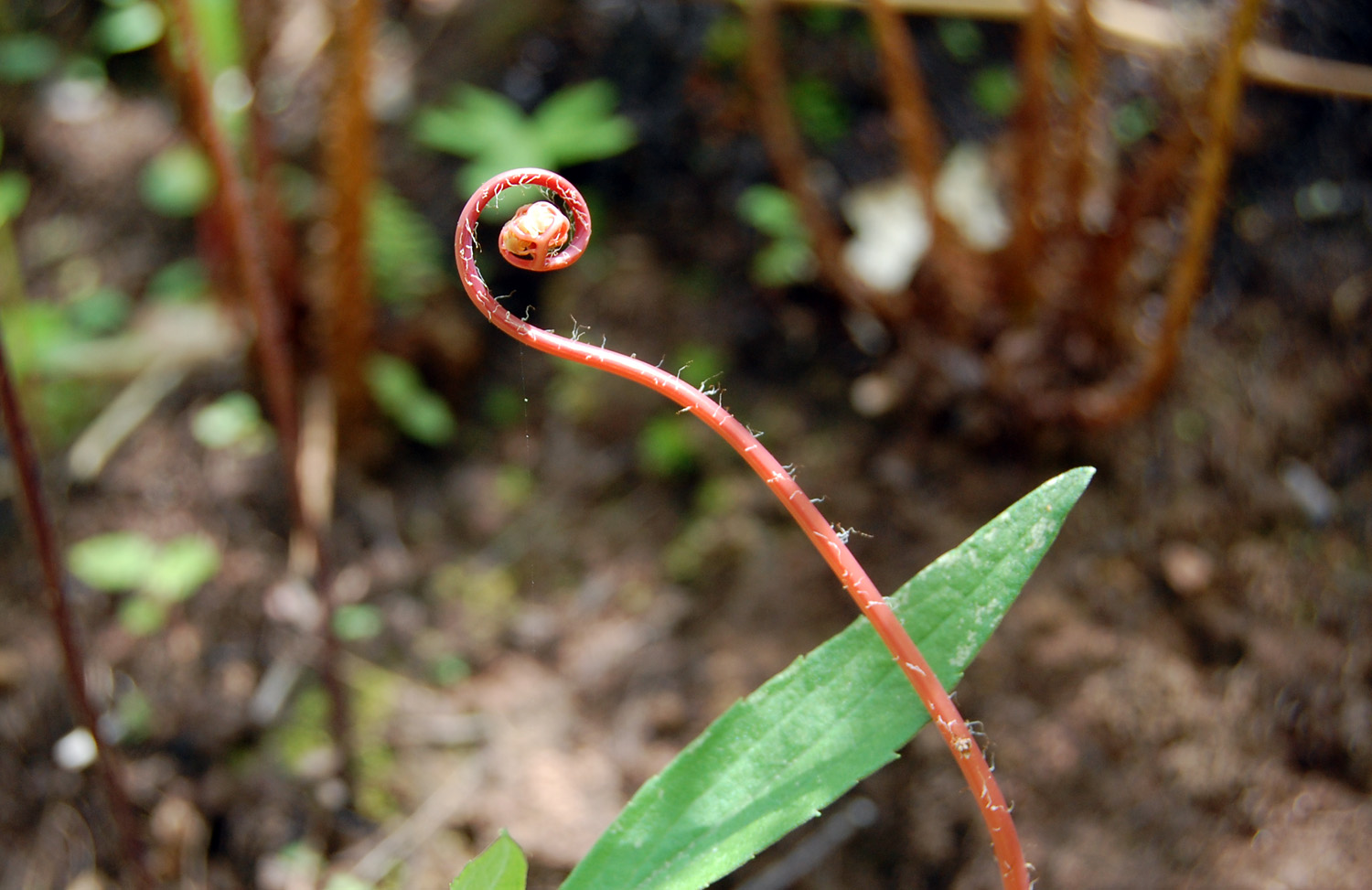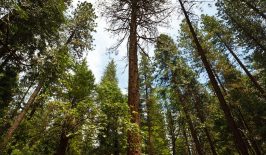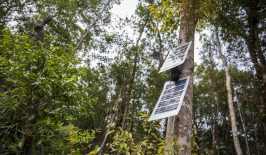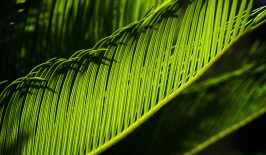A plant has apparently become the first flora photographer by having snapped a selfie at London Zoo. The plant, a maidenhair fern named Pete, took photos of itself every 20 seconds as part of a Zoological Society of London experiment. However, do not fear, the Day of the Triffids is not upon us. Instead the experiment aimed to investigate the potential of using plants’ natural biological processes to power electrical equipment.
Earlier this year, researchers with the ZSL began to experiment with plants from London Zoo’s Rainforest Life exhibit. The goal was to use the natural waste products of plants to create an electrical charge that could power a small camera. Through the process of photosynthesis, plants are able to use sunlight to convert water and carbon dioxide into sugars and oxygen. The oxygen is released into the atmosphere, while the sugars are sent to maintain the stems and roots of the plant. This process is of course well-known to scientists and school children alike, however a lesser-known part of the process occurs under the soil.
Usually, plants produce too much of these sugars to be actively used, and so a small amount is excreted into the soil as a waste product. This sugar is then broken down by soil microorganisms, which in turn produces a small amount of energy. The ZSL study hoped to capture this power and use it as a source – albeit a small one – of electricity. This was achieved through the installation of anode and cathode rods in the soil which in turn charged a superconductor. When this was full, the power was sent to a ultra low-powered camera and photographs were taken – one of which is shown below.
Building a Literal ‘Power Plant’
Despite only producing around 0.1 milliwatts of power, it is hoped this will be enough to maintain the kind of low-power applications often used for environmental conservation, such as monitoring sensors and camera traps.
Traditionally, environmental monitoring has been a difficult task in remote or dense rainforest terrain. Expeditions carried out by human researchers result in major logistical support demands and intense working conditions, as well as being limited by time, range and financial considerations. Due to this, researchers globally have begun to rely more on automated or remote monitoring technology to gain these critical insights. Although, such technology can offer important benefits, as well as generally being less intrusive to wildlife, their biggest downside is the requirement for electricity.
Batteries and solar power are often turned to in order to power these devices, but these are also not perfect. Batteries must be replaced, while the requirement for sunlight makes solar panels inefficient in situations where direct sunlight is not available, such as in poor weather conditions or the shade of the rainforest. Plants, however, have evolved to deal with these issues, as ZSL’s conservation technology specialist Al Davies explained:
“Most power sources have limits – batteries must be replaced while solar panels rely on a source of sunlight – but plants can survive in the shade, naturally moving into position to maximise the potential of absorbing sunlight, meaning the potential for plant-powered energy is pretty much limitless.”
Currently, the team hopes to conduct a second trial in the wild to further improve on their designs and make them more field-proof.
The ZSL isn’t the first team or researchers to look to nature to inspire the technology to help preserve it. Recently, we heard of attempts to imitate the process of photosynthesis in a laboratory to create fuel, while another team took inspiration from sloths to create a slow, but steady, mobile conservation monitoring platform.







